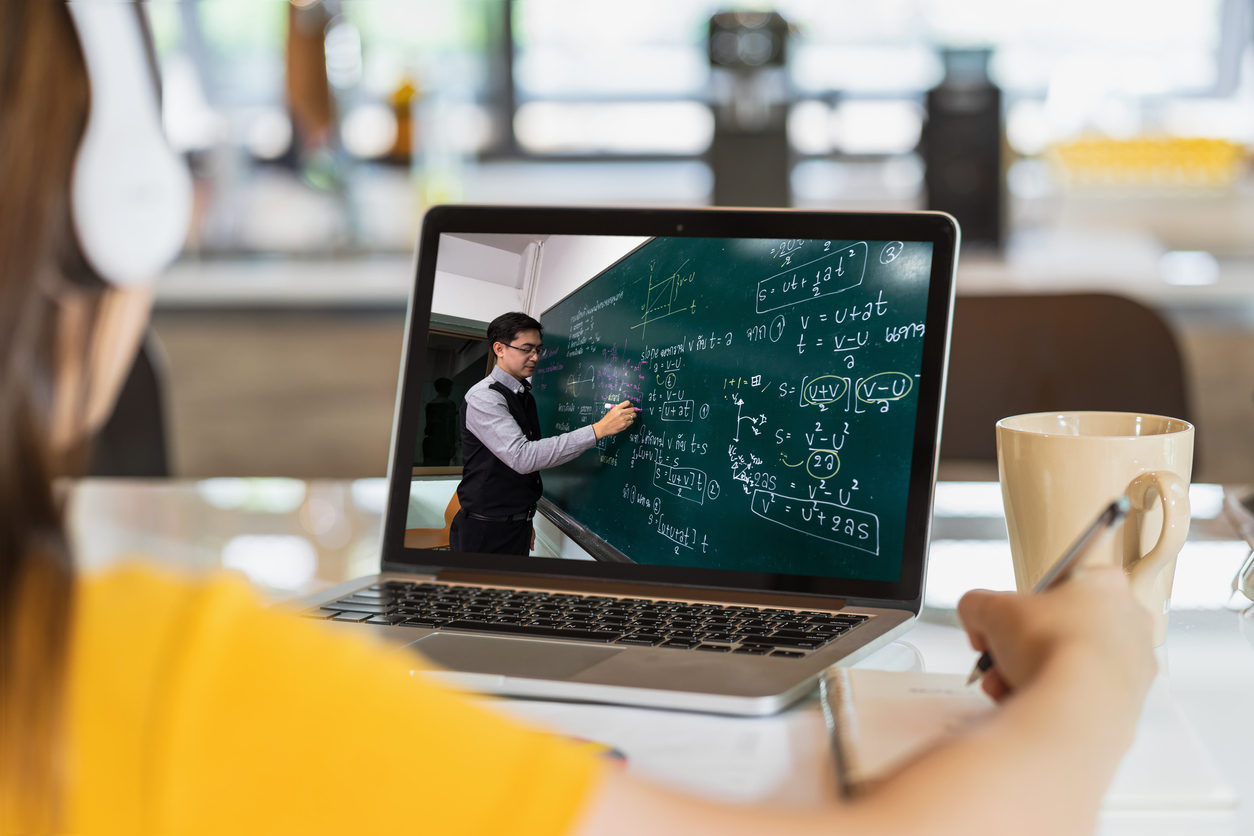Student/teacher communication is a vital part of maintaining student grades and improving overall student success rates–not just communication directly from teachers to students, but communication between the two parties. Students need to be able to send messages to their teachers and, ideally, receive responses from their instructors on time.
Streamlining student/teacher communications can offer your students much higher overall odds of success.
A strong student/teacher relationship is a strong indicator of student success.
As the saying goes, students do not care what their teachers know until they know that their teachers care. In elementary, middle, and high school classrooms, the strength of a student/teacher relationship can help substantially raise student engagement and improve their overall performance in the classroom. Students with strong relationships with their teachers can come to them with questions, and they’re more likely to engage deeply with the material, which can lead to enhanced overall understanding. Without that relationship, on the other hand, students may check out in the classroom and do the bare minimum to get by, if that–and as a result, they may not have the foundational tools they need to move forward to other classes and content.
Students need to know what to do when they need answers.
Whether in a physical classroom or a virtual environment, students have many questions–and they aren’t always the questions you might expect. Sometimes, students may struggle with the technology they’re using to accomplish a task or turn in an assignment. Other times, students may have trouble with a specific aspect of the assignment.
They need access to a teacher to get answers to those vital questions. Without that access, they may struggle to complete the assignment and move forward with their learning. Delays in completing out-of-class assignments can quickly cause students to fall behind, leading to learning gaps that can make it incredibly difficult for them to continue to advance–and ultimately causing falling grades.
Open lines of communication can decrease student embarrassment.
Often, students are embarrassed to ask questions in front of others, especially if they missed something during class time (a challenge that can be even more difficult to manage when going through virtual instruction) or have missed a basic concept that they must now go back and review. They may not want to admit those learning gaps and challenges in front of their peers. If they have an open line of communication to the teacher, on the other hand–especially a private digital option like the one offered by Pronto–many students will be more likely to address those challenges before they become more serious barriers to effective learning.
Easy communication can effectively enhance student engagement.
Often, students are only engaged with a class when they’re actually in it, whether participating online or in person. Outside the classroom, it’s almost like the class doesn’t even exist as students focus on other activities. Even when they pull out their homework, they may have less overall engagement with the content than they do in the classroom itself.
Enter virtual communication methods, which can pull students in and issue regular reminders of the class even when they aren’t actually in the classroom. With a platform like Pronto, teachers and students can communicate freely outside immediate class hours, which can increase overall student engagement whether they’re working on a project, taking care of homework, or simply looking over material from the class from a fresh new perspective.
When communication is open, students are more likely to feel as though their efforts are appreciated.
Students often work hard to participate in class and take care of needed activities. Unfortunately, they may often feel as though their efforts go unnoticed or unappreciated, especially if they don’t have high overall scores or produce a high level of excellence in their content. With open lines of communication, teachers can share their appreciation for what students have accomplished, letting them know that the effort is appreciated–and encouraging them to put forth effort in the future.
Teachers can more easily recognize student challenges and obstacles when they communicate regularly.
Sometimes, students may find themselves dealing with a problem that teachers can fix easily: a particular module that isn’t delivering the required level of understanding, for example, or a technology error that can be fixed from the teacher’s side. Other times, students may have obstacles of which teachers need to be understanding to maximize student learning and give them the best possible opportunity to succeed. When teachers and students communicate readily, teachers can remove obstacles, explain information from a new perspective, and enhance overall student success rates.
Are you ready to revolutionize communication between students and teachers in your classroom? Check out a free demonstration of Pronto today to learn more about how it can enhance communication and provide a deeper level of connection.
